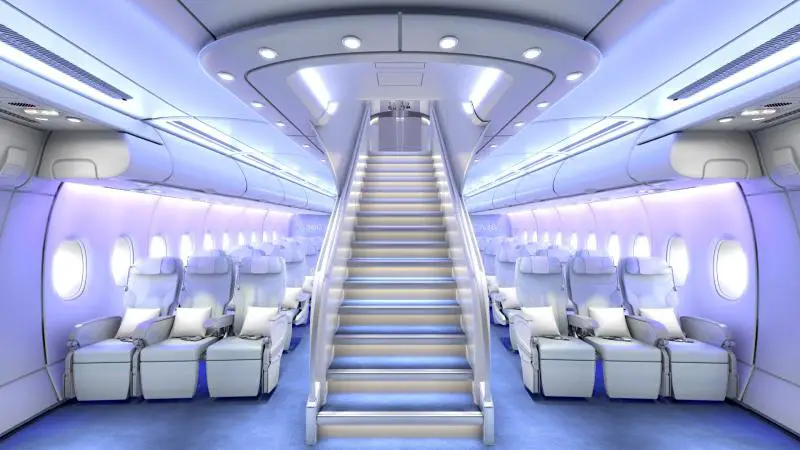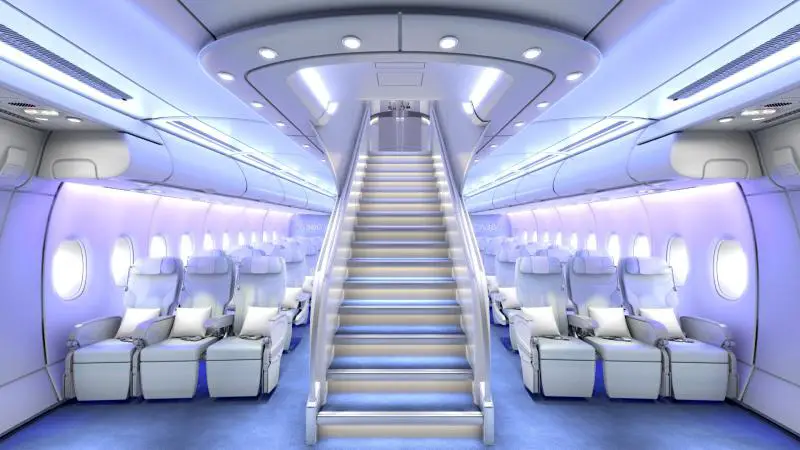
An aircraft cabin is the section of an aircraft in which passengers travel. The main objective of the aircraft cabin interior is to provide convenience and comfort to the passenger. Aircraft cabin interior comprises overhead bins, monuments, seats, carts, lavatory, and lights. Some airlines install in-flight live screening, fiber seats, and mood lighting, which can be controlled manually by a remote control. In commercial air travel, cabins can be divided into several parts.
For instance, in July 2020, Panasonic Avionics and the Middle East Airlines-Air Liban (MEA) teamed up to provide inflight entertainment and connectivity (IFEC) solutions for 15 of its Airbus A321 family aircraft. These aircrafts will be linefitted with Panasonic’s eX1 seatback IFE solution, designed specifically for narrow body aircraft. In-flight entertainment systems, as well as communication systems are usually installed in the first class and business class for comfort and convenience. Thus, with the increasing adoption of in-flight entertainment system across all classes, the demand for aircraft cabin interior is also increasing, which in turn, is driving the aircraft cabin interior market growth.
However, the interior of the cabin differs according to the distance of the aircraft it will travel. For example, long-haul carrier cabins are equipped with interiors that are significantly different from short- and medium-haul carriers. Long-haul carriers have passenger-centric interiors to enhance comfort and decrease fatigue with multi-functional galleys and seats, entertainment systems, and ambient lighting.
Read More: https://bit.ly/3giJg4c






